Your basket is empty.
Check out our most loved:
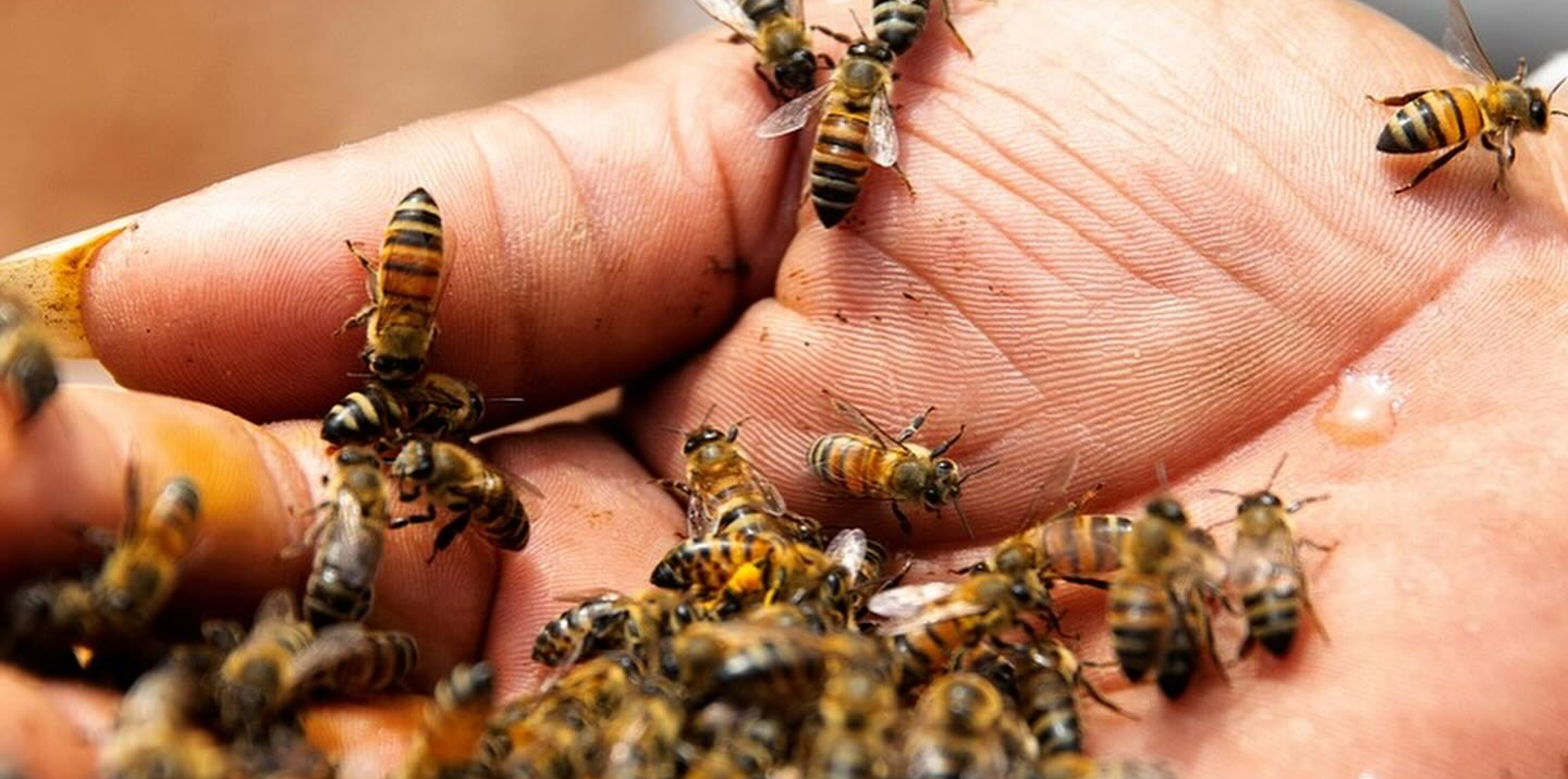
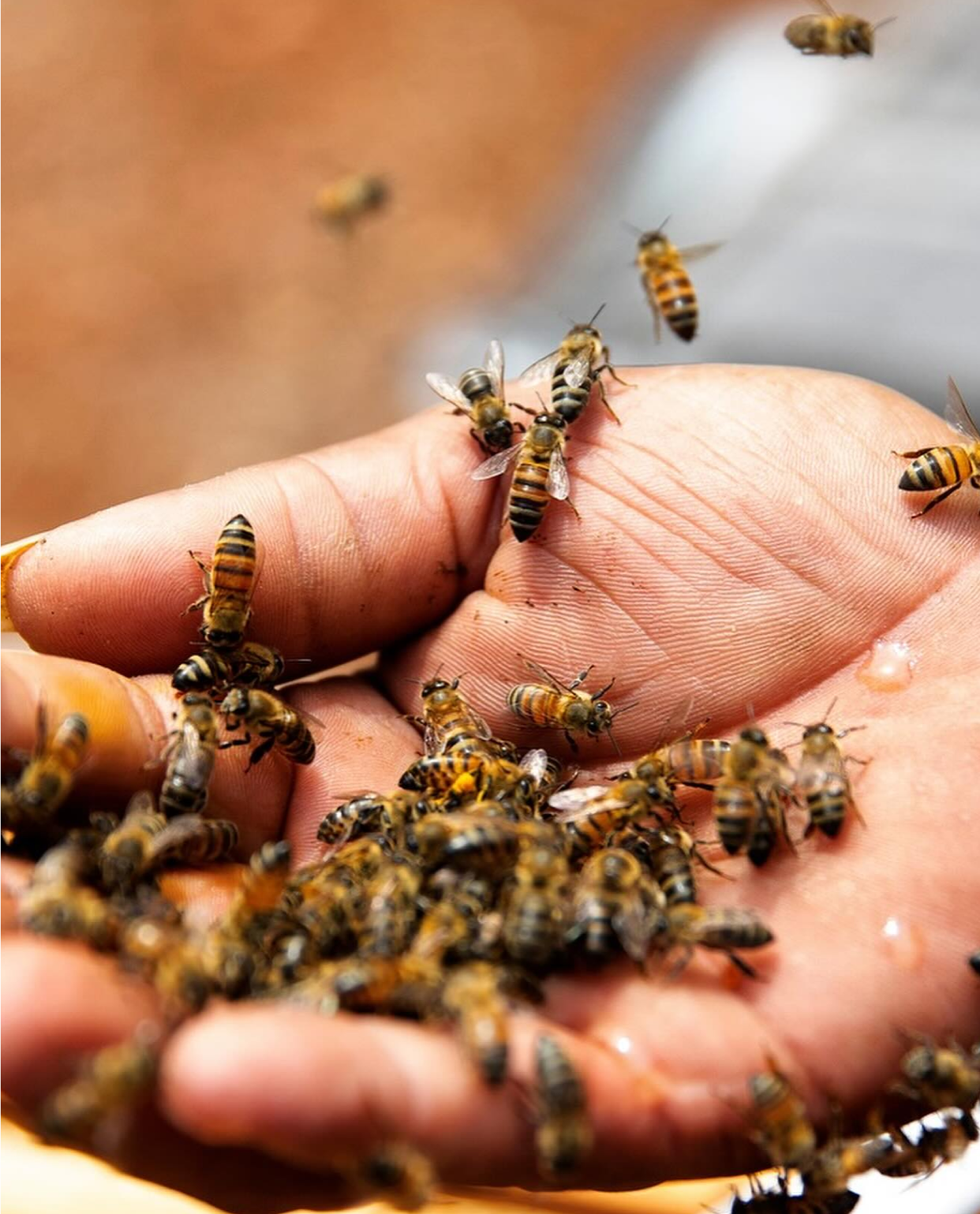

Regenerating the Yucatán Through Our Bee Sanctuary
A Bee is life. It is Regeneration. Yet today, Bees are the most exposed species to pesticides in the world. Mestiza de Indias, a 600-acre living laboratory in the middle of the dense Mexican Yucatán Peninsula, is tackling this issue by doing it all: Building Bee sanctuaries, teaching courses to the community, opening kindergartens, and wrapping it all up in a pristine jar of Honey. We’ve joined in their mission.
Together, Flamingo Estate and Mestiza de Indias have embarked on a three year project to save the endangered Melipona Bee by building a sanctuary that will culminate in a Honey you’ll be able to taste. We caught up with Gonzalo Samarach Granados, our friend and founder of Mestiza de Indias, to further understand how this sanctuary will be constructed, what it will mean for the local community, and how it will restore ancient Mayan knowledge and tradition.
In his words, Flamingo will probably have the best Melipona Honey from the Yucatán. But more importantly, we will be tasting generations of wisdom, a healthy jungle free of pesticides, and an empowered Yucatán that turns its eye back to nature through education and opportunity.
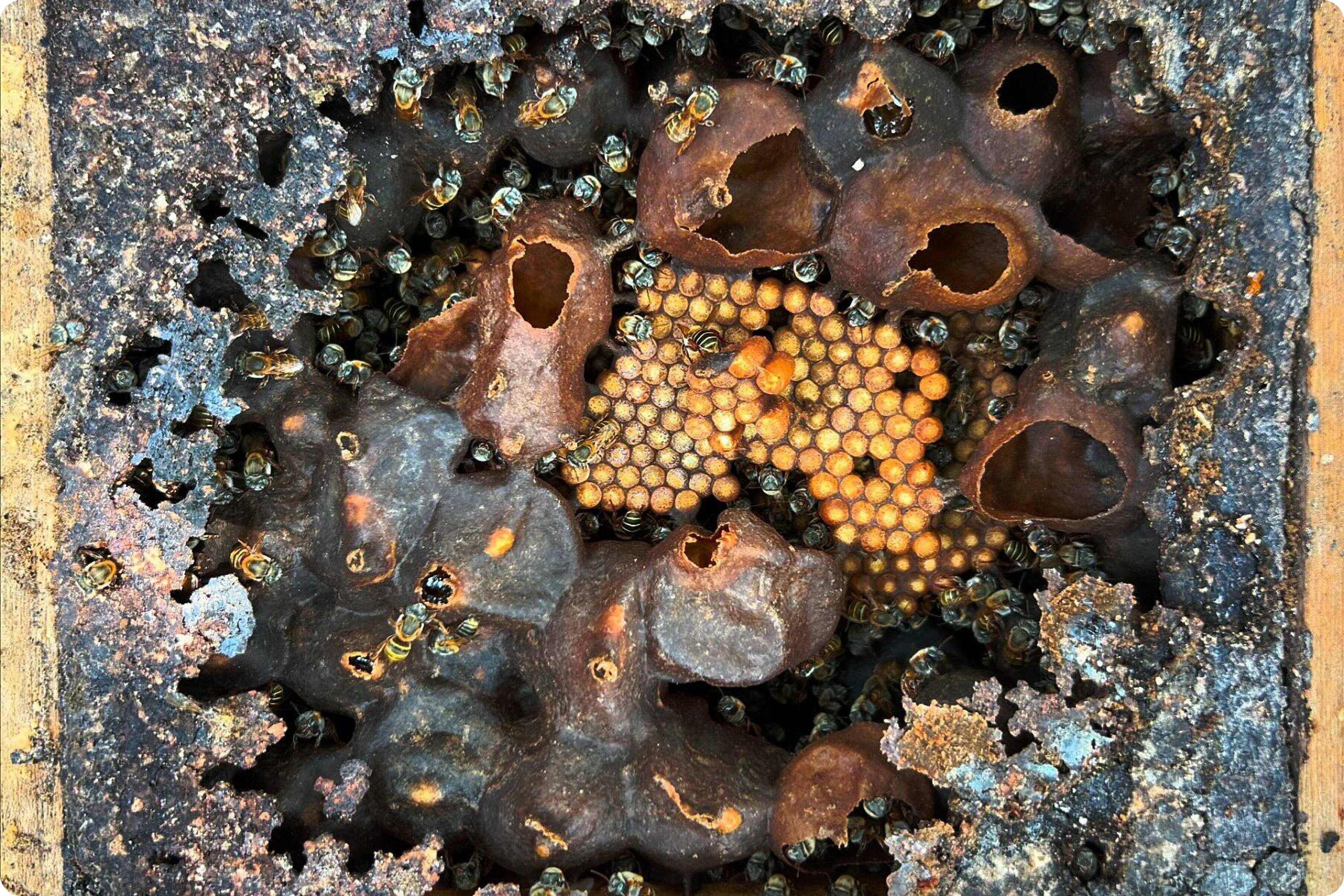

“Here in the Yucatán, we get the worst of modernity. So the point of this project is to turn our eye back to nature by getting to know it again. That’s how we can begin to respect it.”
– Gonzalo Samaranch Granados, CEO & FOUNDER MESTIZA DE INDIAS
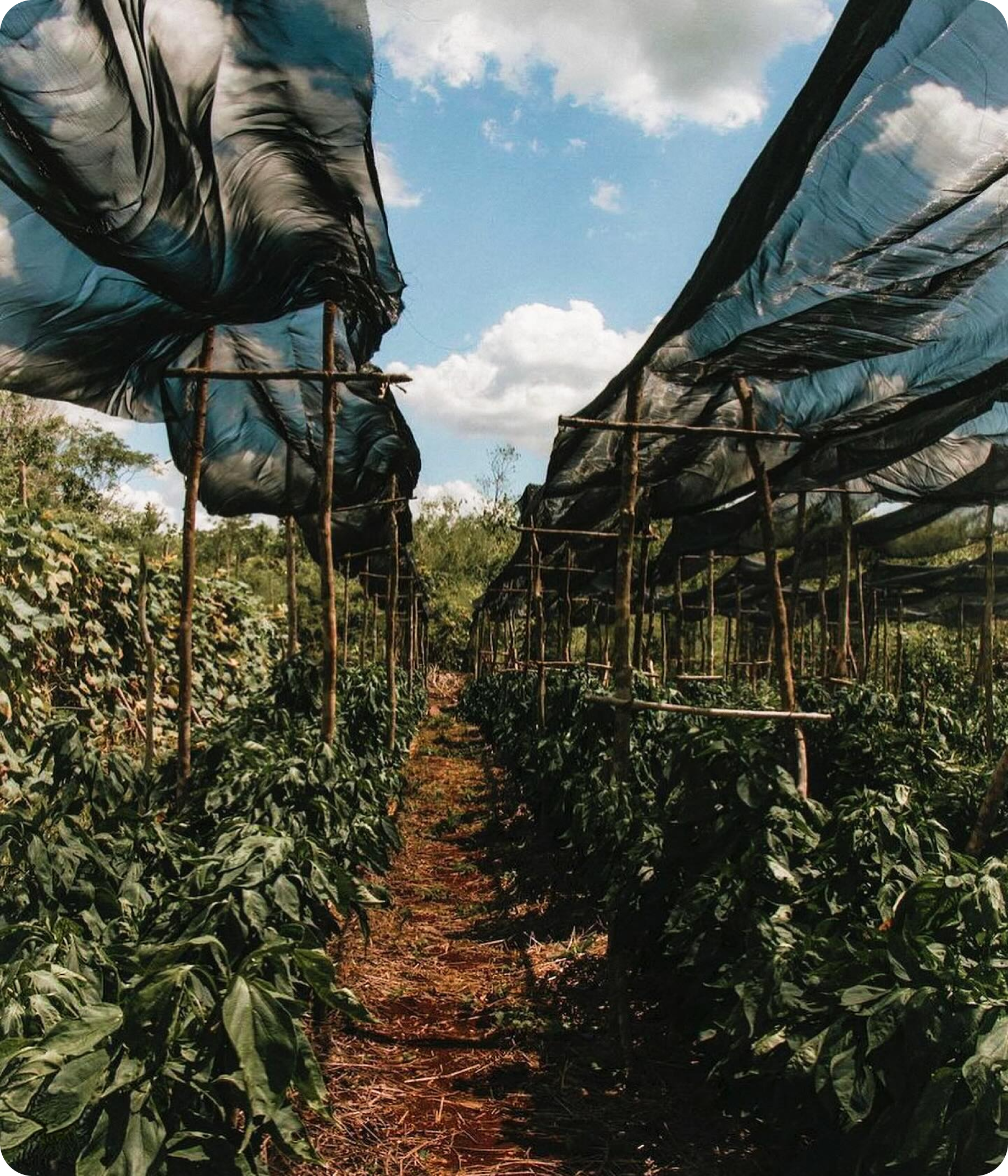
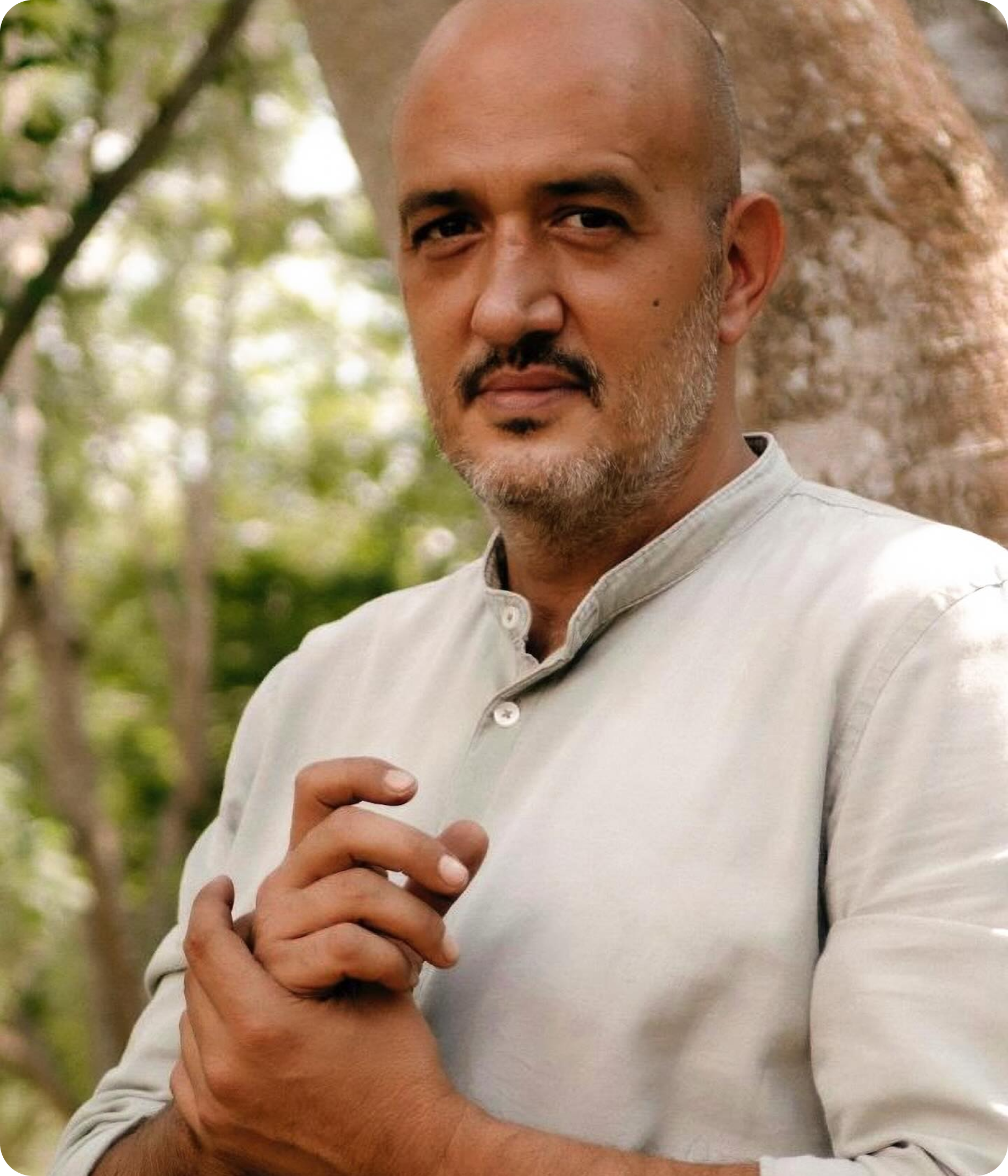
We spoke to Gonzalo Samaranch Granados, founder of Mestiza de Indias, about restoring tradition and vitality to the Yucatán.
Can you start by telling us about the importance of the Melipona Bee and why it’s currently endangered?
The jungle is alive because of the Bee. Without it, there is no pollination. The Melipona is a stingless Bee native to the Yucatán that is endangered because of the use of pesticides. And its extinction wouldn’t just be a loss to the jungle, but also to Mayan culture. My wife is Mayan, and I’ve been in contact with Mayan culture through her and her family. There is so much ancient history about how ancient Mayans used the Melipona. The Shamans here, for example, are still using the Melipona Bee Honey as medicine, because of its antiseptic properties that help treat wounds, cure cataracts, and offer Regenerative properties that you cannot find in other Honeys. Melipona Honey has a much higher percentage of medicinal properties, and its extinction would be a big loss.
You’re currently building a Bee sanctuary in your farm to help save the Melipona. A project we’re helping support. How did the idea for this Bee sanctuary come about?
We are 600 acres of pristine nature that mostly hasn't been cut. We’ve noticed that we are protected from bad practices by being in the middle of the jungle. Most Melipona Bee rescue projects here in the Yucatán are usually done in areas where pesticides are used in the milpa. And the Melipona Bee has been endangered because of pesticides. To me, this felt like a dichotomy. So I thought, we have the space to do this project. And we have a healthy jungle that contains no pesticides for these Bees to produce the most pristine Honey. It felt right.
So much of the work you do treats social and environmental forces as equal pillars of Regeneration. What is the impact of this sanctuary for the local community?
Most men in our community leave to go work in tourism and construction, which means many of the women are left to raise the family alone. The Melipona Sanctuary became the perfect project for these women to get work and reconnect with their own ancestral wisdom. Many of them remember their grandfathers keeping these Bees at home, but throughout time, the Melipona Bee has been forgotten. So this project is sentimental for them. And we’ve started by creating a course that teaches them everything.
The sales of the Melipona Honey will finance the construction of a kindergarten. A big problem we’ve been facing is that the women in the community want to work, but they have nowhere to leave their children. So we want to build a school here on the farm. I got the idea from my grandfather. His textile factory was the first one in Spain to build a kindergarten for mothers to be able to work. In the school itself, we want these children to learn about good, seasonal food that grows right here on the farm by getting to taste it. So that it becomes a place of regeneration and transformation for the children as well.
What exactly are the women learning in the course?
The people here don’t have access to nature, education, or health. Through education we can change that. In the course we study the Bee’s predators, how to identify the different Melipona variants, the woods they use to build their hives, and how to harvest the Honey. The harvest is done with a needle. They produce it in little eggs. It requires a lot of patience. It’s very fragile. It cannot be exposed to the sun or any other properties. A regular good Honey needs 19-22°C of humidity. Good Melipona needs about 22-28°C. So it has a lot of humidity. It’s very liquidy, and it ferments. So the boxes can explode. In Mayan, the name for the Melipona is Xunán kab, which stands for Princess Bee. She really is a princess.
You’ve mentioned a Shaman being involved in the process. What is their role?
The shaman is involved in many aspects. He came and told us exactly where to build the Sanctuary. He gave us the exact location and the direction it needed to face. Here, there is always an intention and a why. But the shaman is also a doctor. In the course, he teaches us the many uses of Melipona. Because it’s not just Honey we’re harvesting. There is also beeswax and propolis, and there is scientific evidence that the propolis of the Melipona is 10x better. The medicinal properties are incredible.
The Shaman also performs a ritual that honors and prepares the space for a successful harvest. Here in the community, they believe in aluxes. Aluxes are little mythological creatures that act as guardians of the jungle. They can be kind of nasty, and if you do not give them an ofrenda you can have problems. It’s important to follow these traditions to respect the culture.
Yes. You’re not just saving a Bee. You’re also protecting tradition.
The spirituality and cosmovision of the Mayans is very important to protect. All the gods here are related to nature. If you look at the hieroglyphs of the Mayans, you will see the Melipona represented. In Mayan, there is a word called Yum K´áax. It means the Lord, the father, the biggest, and it is related to nature. Because nature is everything. Sadly, this ancestral wisdom is disappearing. These communities have access to internet, and they want what they see on the screen. But here in the Yucatán, we get the worst of modernity. So the point of this project is to turn our eye back to nature by getting to know it again. That’s how we can begin to respect it.
How are you approaching the construction of the Sanctuary?
To build things here in the middle of the jungle is not easy. We’re using a contemporary approach, while maintaining old traditions. We are only using materials found in nature. So for example for the finishes, we are working with the resin of the Chukum tree. It’s an ancient technique that was used in the construction of the pyramids, because it seals the stone from humidity. We’re building with Guano, which is a type of Palm that protects from temperature. It’s how all traditional Mayan constructions were built.
In the old times, these Beehives were taken by cutting the entire tree trunk where they nest. These trunks were then taken to their home and kept. We did not want to cut trees, so we are building boxes with fallen trunks from the forest. These Bees have a lot of predators here in the jungle because they don’t have stings, so they are easily attacked. So we have to build a special cage where the Bees can go out but the predators can’t go in. One of the most dangerous predators are ants. So we have to build a water canal that goes around the cage. This is a new invention.
What makes Melipona Honey different? What can we expect to taste?
Out of the 17 Melipona variants, only five are harvestable. We will be working with all five. Each species will give us a different Honey due to their different diets. One of the most incredible Honeys comes from the Melipona Cephalotrigona. I’ve tried a lot of Honeys in my life, but this one is truly something special. It tastes almost like liquor. It’s incredibly fruity, bitter, and light. I remember when René Redzepi came to the Yucatán. He’s one of the best chefs in the world, and he said that this Honey was the best he tried in his life. We will be harvesting this variety, and selling it through Flamingo Estate.
When will we be able to taste the Honey?
The idea is to begin with a few cases, and little by little increase that number. Currently, there are four women taking the course. This number will also increase as the boxes increase.In about three years, we hope to have 100 boxes. This means we’ll be able to produce about 100-200 kilograms of Honey.
What is the impact and hope of this project?
I want to be a sustainable lab. We are always trying to find projects that can help us survive, because living purely from agriculture is difficult. Especially when living in an area where there’s drought, hurricanes, etc. So we need to find different economic revenues and diversify our income, which also diversifies the risk. We don’t want to grow by cutting down the jungle and producing more vegetables. We don’t want to become an industrial Farm. We want to remain this size, involve more people from the community, and grow our impact.
We are disrupting the usual business model by working together. What is the importance of this Flamingo Estate x Mestiza de Indias partnership?
Without Flamingo Estate, this project would not be possible. By working together, we can expose something that is very local and very Mayan to a very different audience. It’s an issue that needs desperate attention. Flamingo will probably have the best Melipona Honey from the Yucatán. It has been made in the perfect spot. It will be protected from pesticides, organic, and harvested from Bees that aren’t just foraging from a healthy jungle, but also from all of our crops. We are currently rescuing fruit trees from the area that are in danger of disappearing. So for example, these Bees will be foraging on seven different varieties of Cherimoya. It will be incredible.
What does Regeneration mean to you?
As humans, we tend to arrive and destruct. We forget that we leave the land for others. Regeneration means to change the paradigm. To restore. Not just the soil, but people as well. To change the way we interact with nature. To change the way we do business. To change the way we relate to people. To change ourselves. True Regeneration is profound, and this project tries to inspire. Not to change the world. But to inspire and hopefully positively change a small environment. So when Mara and I are not here, the people from the community can carry it forward.